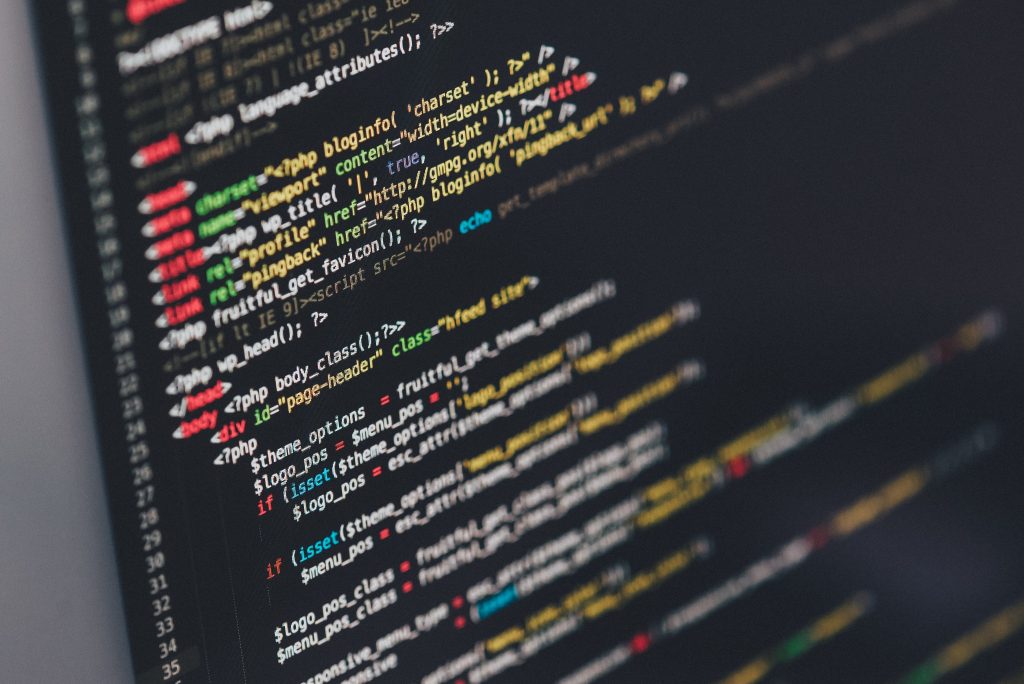Sooner or later, agencies need to confront a hard truth about their legacy mainframe environments: While the mainframe is a reliable, stable platform, it is not exactly a hotbed of innovation. If agencies want to take advantage of the latest technologies, such as artificial intelligence (AI), containerization and advanced analytics, they should look to the cloud.
With that in mind, we spoke with Steve Steuart, Chief Technology Officer (CTO) at Astadia, and Kevin Hansen, Chief Technologist at Micro Focus Government Solutions, whose companies have teamed to help agencies move mainframe assets to cloud-based platforms. They recommended approaching such a move in three phases.
1. Conduct application estate analysis
The first step is to assess your existing applications, associated processes and infrastructure to highlight the value and impact of migrating your mainframe environment to the cloud. Automated tools can help assess application inventories, infrastructure dependencies, cloud readiness/maturity and other related components and processes.
One of the goals is to understand what needs to be migrated – and what can be left behind. That can be a daunting task. Most mainframe environments have been around for decades, and they likely include many applications and processes that have outlived their value, Steuart said. You need to make rational choices about what you really need – about what aligns with the needs of the operation.
2. Prioritize generating savings quickly and reducing risk
The most proven approach to moving workloads off the mainframe is to do a “lift and shift” – rehosting (recompiling) an application as-is to the cloud. Lift-and-shift is sometimes frowned on because such applications don’t take full advantage of cloud capabilities. But when used as an incremental modernization step, it offers an extremely pragmatic approach, especially from a financial perspective.
Because most legacy mainframe platforms are based on proprietary technology, they are inherently more expensive than cloud and other platforms that are based on commodity technology. Once these applications are rehosted however, many options open to expose COBOL code to modern languages and API or microservice architectures.
Re-hosting “provides a really low-risk approach and quick time-to-value, for existing mainframe workloads,” Hansen said.
3. Continuous application modernization
But agencies will achieve even greater benefits by continuing to modernize the applications once they are rehosted in the cloud, making it easier to leverage new technology and innovations.
Continuous modernization options include refactoring or restructuring the code to improve its performance, exposing application transactions as web services, or even rewriting the application altogether. Agencies might also move to a continuous integration/continuous delivery model, in which new capabilities are delivered incrementally on a regular basis, rather than as part of a big-bang-style product update quarterly or annually.
The overarching goal is to keep applications evolving as requirements evolve, rather than trying to play catch-up every five or 10 years.
“Work on continuous modernization,” Hansen said. “It’s not a project you do once, and you’re done. It’s an ongoing journey.”
This article is an excerpt from GovLoop’s recent guide, “Beyond the Hype: Your Emerging Tech Playbook.” Download the full guide here.
Photo Credit: Ilya Pavlov on Unsplash
